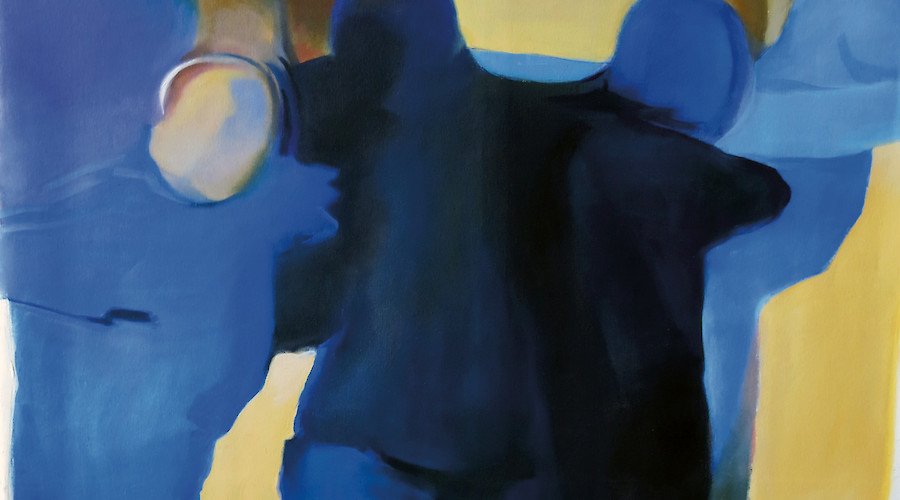Palimpsestus: Image and Memory

The exhibition surveys the main artistic trends and visual cultures that have developed in Ibero-America in the second half of the 20th Century.
Palimpsestus is a practice stemming from the scarcity of paper as a good. For fifteen centuries, old ideas were literally erased from manuscripts, replaced with new ideas, often from economic necessity. The term can also be appropriated to conceptualize the relativity and interrelation of (art) narratives and aesthetic discourses.
The seventy artworks on display, produced between 1900 and 2014, include more than 30 artists from ten different countries. They are drawn from Colección Memoria, assembled around artistic activisms by exhibition curator Alejandro de Villota Ruiz, and a selection of iconic pieces from AMA’s permanent collection. Palimpsestus, in line with the broader mission of this museum, recognizes and delves into the socially constructive role that the arts have played in fostering democracy and freedom of expression at intense historical moments of social and political change.
About the Art Museum of the Americas
Art Museum of the Americas (AMA) is part of the Organization of American States’ (OAS) Secretariat for Hemispheric Affairs (SHA). Its work is based on the principle that the arts are transformative for individuals and communities, as visual components reflecting the four pillars of the OAS: democracy, human rights, security and development.
By providing a space for cultural expression, creativity, dialogue and learning, the museum aims to advance the inter-American agenda, drawing on the arts to showcase a constructive vision of the future of the Americas via local and hemispheric cultural exchange.